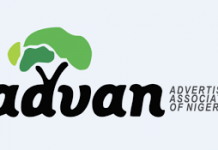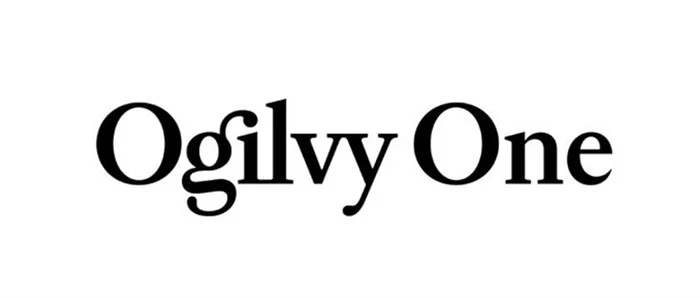By Muyiwa Akande
As the business environment becomes more competitive and race for the consumers’ pockets is becoming keener by the day, it is imperative for brands to evolve on a constant basis in order to meet these rapidly-changing trends and tastes.
The era of complacency by brands is gone and gone for good. The 21st century consumer is sophisticated, savvy, demanding, trendy and adventurous. Brands that will win the pockets and loyalty of these consumers must be creative, innovative and have the capacity to design products and services that suit their taste.
I will take a look at two technology brands as case studies to highlight few key lessons.
Zoom
Last year, in the thick of the lockdown occasioned by the COVID-19 pandemic, I read a news report that fascinated me. The news report’s was on Zoom, a video conferencing app, which was an unpopular brand prior to the COVID-19 outbreak, despite being in existence for close to a decade before then.
Zoom Video Communications, the owner of the app, is an American communications technology company headquartered in San Jose, California. It provides videotelephony and online chat services through a cloud-based peer-to-peer software platform and is used for teleconferencing, telecommuting, distance education, and social relations.
Despite its low brand equity at the onset of the pandemic, the “new normal” experience has pushed the relevance and popularity of the app beyond the wildest imaginations of the brand owners.
Excerpts from the aforementioned news report:
“Zoom topped the charts worldwide in February and March, 2021, and continues to see high numbers of downloads in the U.S., U.K. and elsewhere in Europe.
“During the record week of downloads, Zoom was downloaded 14 times more than the weekly average during the fourth quarter of 2019 in the U.S. It was also downloaded more than 20 times Q4’s weekly average in the U.K., 22 times more in France, 17 times more in Germany, 27 times more in Spain and an even larger 55 times more in Italy.”
Messengers Room
Seeing the soar-away success recorded by Zoom, it wasn’t long before the smart guy, Mark Zukerberg responded with a video-conference offering. Zukerberg doesn’t give any room to be rendered redundant in the battle for consumers’ mindshare and wallets.
In the midst of the pandemic, he launched the Messengers Room, which is a tool for virtual hangouts with up to 50 people and allowing friends to drop in on you whenever they like. He also increased his video offerings across other platforms like Facebook, Instagram and WhatsApp.
These two case studies got me thinking.
Foresight is critical for relevance and business survival. Ability to study emerging trends, accurately predict future consumers’ preferences and build products and services to meet these needs would be a game changer. Understand that your customers’ needs are dynamic and are open to changes due to various reasons, including socio-economic status, age, trend, environment and peers, among others.
Consumer insights distilled from research will be key in this regard. Research should be an integral part of any serious brand.
While time and chance can combine to put a great opportunity on the laps of a brand, lack of preparation and foresight will hurt it deeply. If zoom had not envisioned and developed a video-conferencing product ahead of the pandemic, it would have become an ordinary spectator when the opportunity arrived. It would have lost the relevance and huge financial windfall that accompanied the pandemic.
The key lesson here is: Don’t create a product for today alone, ensure you have your eyes on the future.
Understand how the environment (political, social, economic, natural occurrences etc) can affect your business – negatively and positively.
Develop the capacity to respond to these changing needs as quickly as possible. When there is a shift in preferences by consumer or there is a gap in the market to be filled by a service or product, don’t take forever to respond. The messenger room app was launched in the midst of the pandemic.
On a regular basis, develop creative consumer engagement programmes that will help you recruit and retain your customers. You need their loyalty to survive. Don’t allow competitors to tempt them away. They might not come back to you.
Ensure you work on your product and service offerings as often as you can. Breathe life into your brand constantly. Let it look fresh and refreshed. Create buzz around your brand. Don’t allow the competitors make your brand and its service offerings look obsolete and irrelevant. There is a reason car manufacturing brands produce new models annually, even if the changes are usually minimal.
One key way of refreshing your brand is to address the inadequacies of your competing brands with your own product. Zukerberg said Messenger Rooms would take care of the privacy concerns Zoom was battling with.
Brands cannot afford to be complacent in the market place that is becoming sophisticated and dynamic with each passing day. A huge dose of creativity and innovations would be required for a brand to survive.
Muyiwa Akande lives in Lagos and is a PR strategist












































